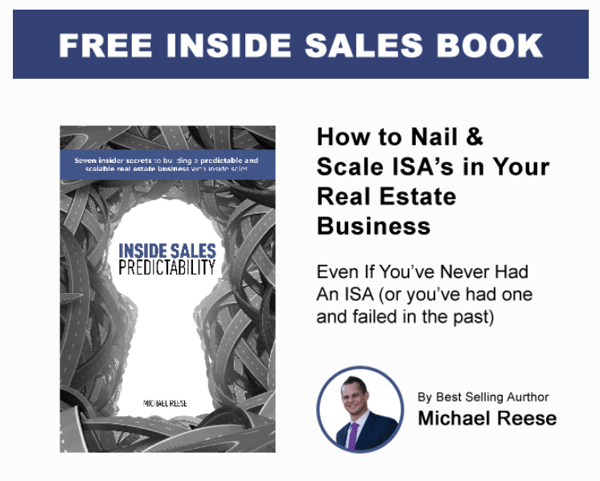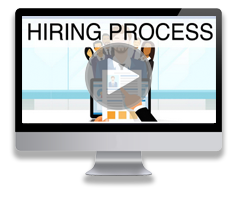The wheels on the real estate sales bus turn a little slower than they do in other sales careers.
For most transactions, once you sit with a qualified prospect, you’re at least 60 days - and likely closer to 75 or 90 days - away from getting rewarded for your efforts.
For most agents, it’s this chasm between first met to paycheck that makes bringing on an ISA a somewhat scary proposition. Scary not just for you from the standpoint of covering your own nut each month, but also scary because you don’t want to blow up someone’s life by hiring them and having to then let them go because you didn’t get paid fast enough (or with enough money) to keep funding his/her paycheck.
This situation applies even if you have an ISA and you want to bring on another one to amp up your lead generation and conversion efforts.The good news is that you can get an ISA on the phone uncovering listing and nurture opportunities within 24 hours of bringing that person on board.

That person is called a Sales Development Representative (SDR) and they can be a game changer in getting your business listing business virtually overnight.
An SDR performs a Demand Generation role. Demand generation is the focus of targeted marketing and calling efforts to drive familiarity and awareness of an organization’s products and/or services. This form of lead generation is the lowest customer acquisition cost (CAC) and here’s why:
Historically, an SDR’s skills are not as deeply developed as an ISAs and they don’t need to be. To that end, you can pay them less money. On a daily basis, an SDR is going to be calling into targeted areas and unearthing opportunities for both now business and more importantly, nurtures. The cost of doing demand generation to acquire a customer is much lower because it’s nothing more than what you pay your SDR. There are no marketing costs as it’s the SDR’s job to find the opportunities for you from the data you provide to them and introduce your company and its services to the prospects personally.
ISAs are also going to be making outbound calls, but they are also going to be handling inbound opportunities as well. If your ISA is amazing on the phone and converts your inbound opportunities at a high rate, your CAC can remain lower. That said, if he/she isn’t as effective, you’re going to be paying more for marketing and labor and experience a much higher CAC.
Your ultimate goal is to have a low CAC from both your ISAs and SDRs and hire them based upon their skill sets to do each specific job at its highest level.

As well, if you have an ISA already, you can consider hiring a Sales Development Representative (SDR) to assist your ISA in identifying future seller opportunities, otherwise known as nurtures. Nurtures will be discussed in detail later in the book, but for now, just know that a nurture is a seller who wants to sell in the next year and is willing to let you stay in touch with him/her and is open to working with you down the road. Nurtures have a fairly high conversion rate and will become some of your best listing appointments, listings, and sales on a month-over-month basis.
If you do hire an SDR to cultivate listing opportunities, you’ll want to give him/her a small incentive for each nurture that he/she uncovers and then give your ISA a smaller incentive when he/she converts the nurture to a listing sale.

By doing this, you can compensate two employees to generate more listing opportunities without screwing up your compensation and financial models to do so. Your cost of sale goes up by doing this, but you can balance it out by offering smaller, but competitive, incentives to your SDR and ISA.
Getting the right person for the job starts with a great headline, and the right job advertisement and ends with a solid compensation package that offers a competitive earnings potential.








.jpg)




